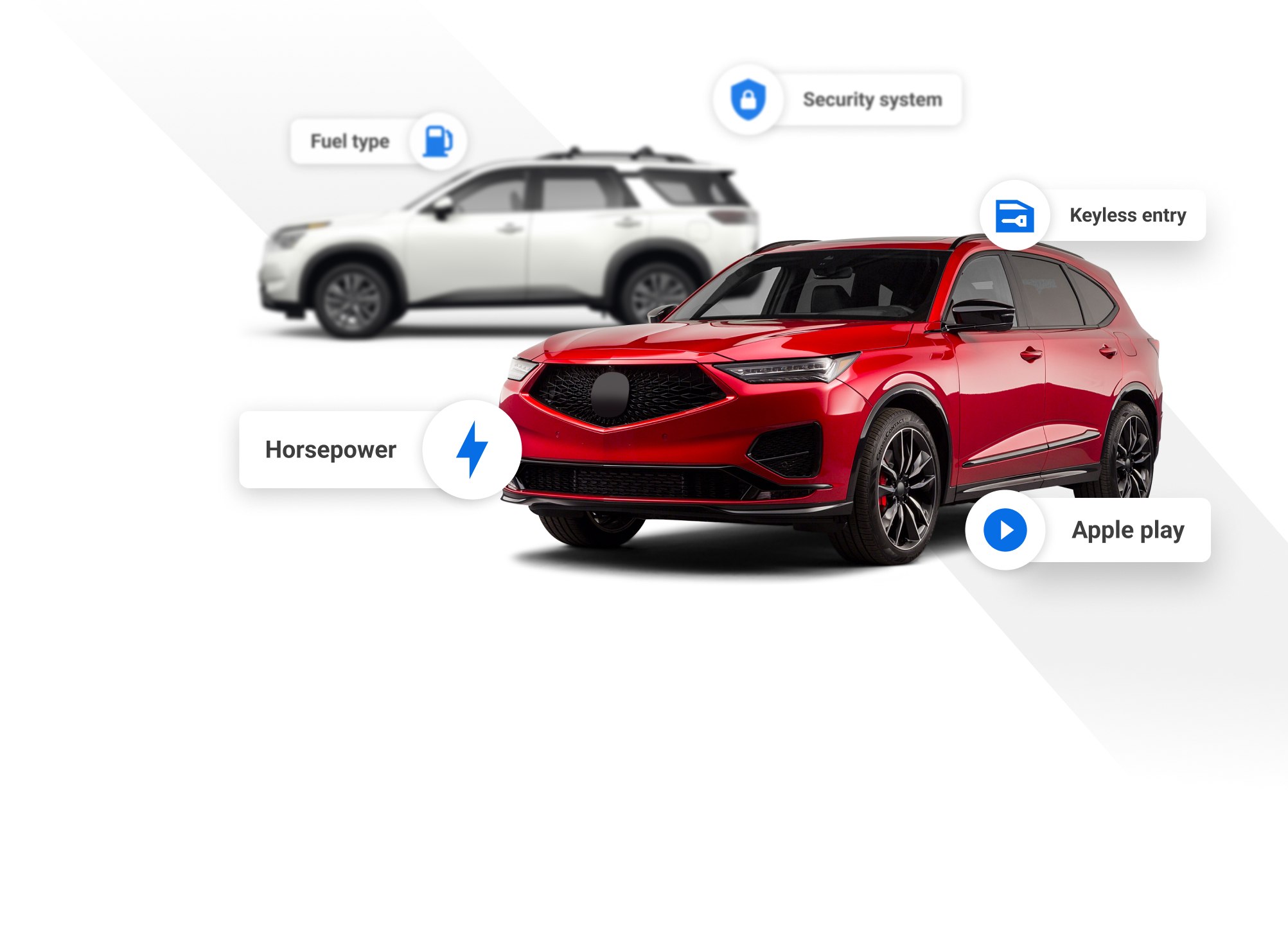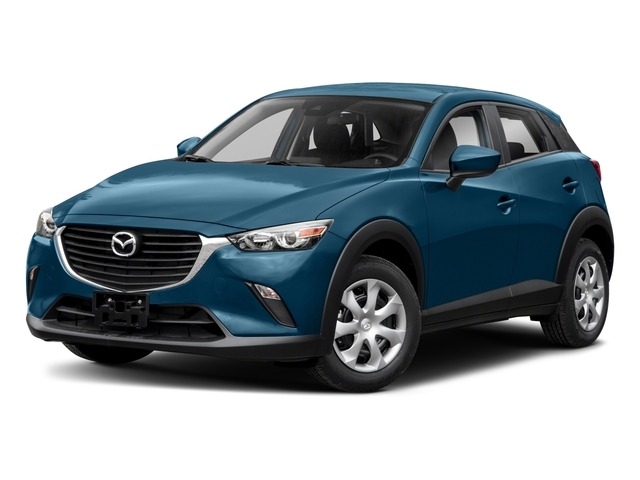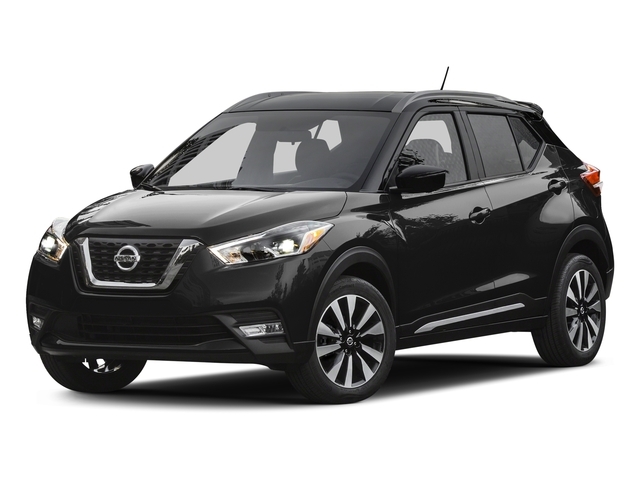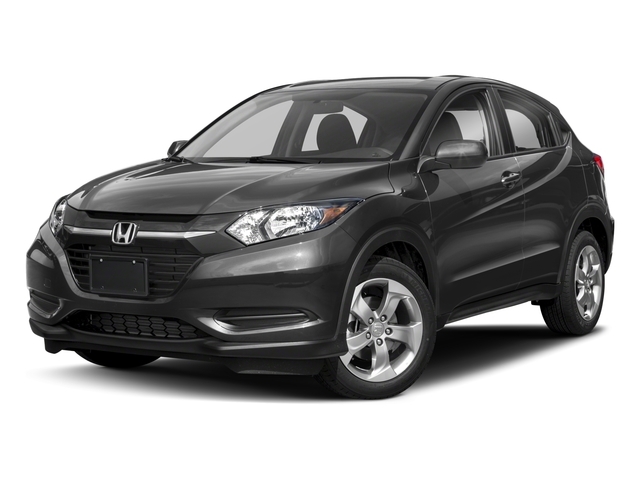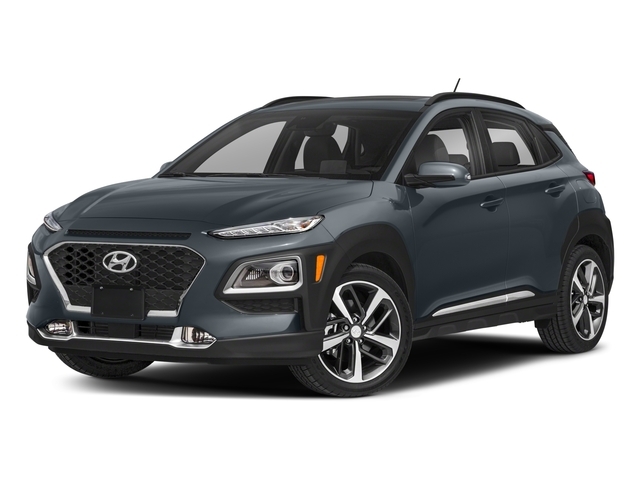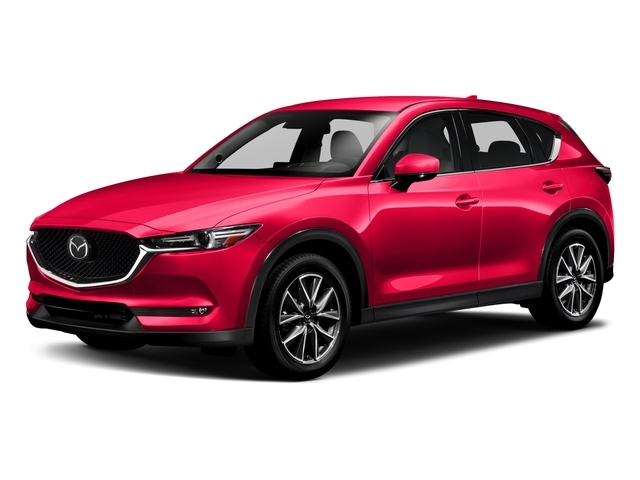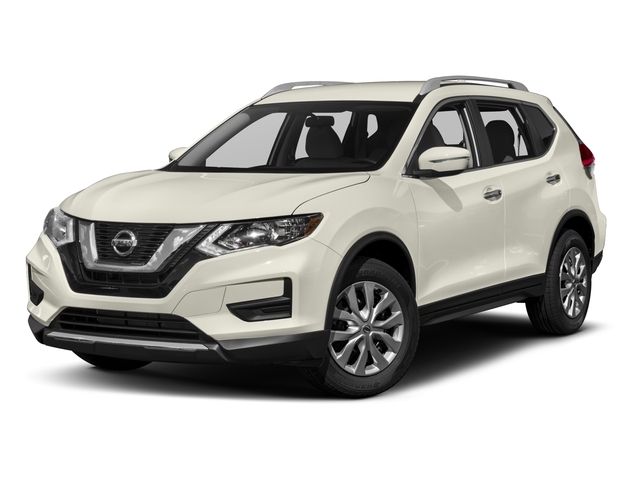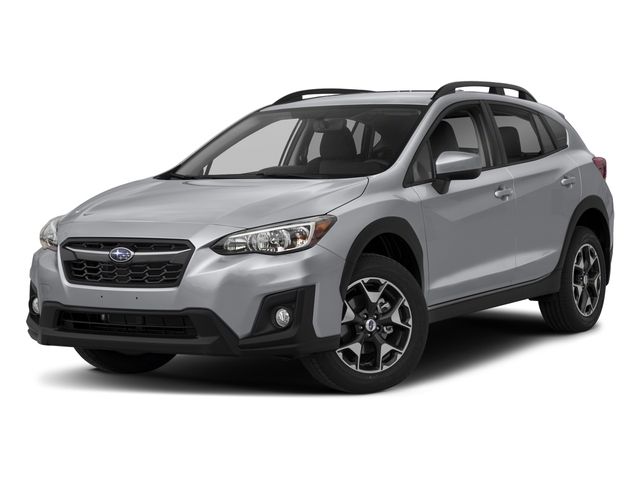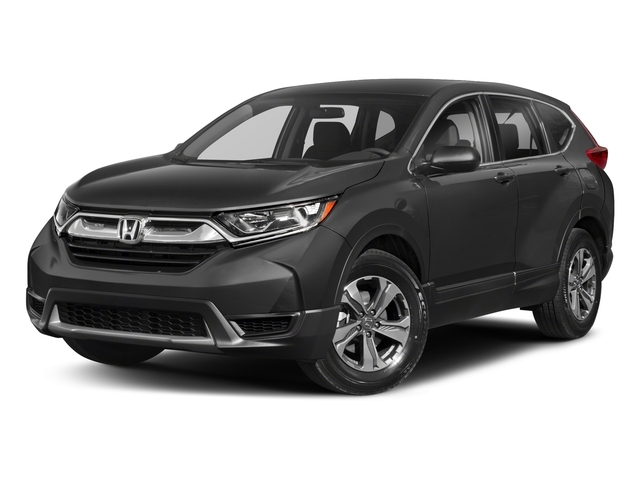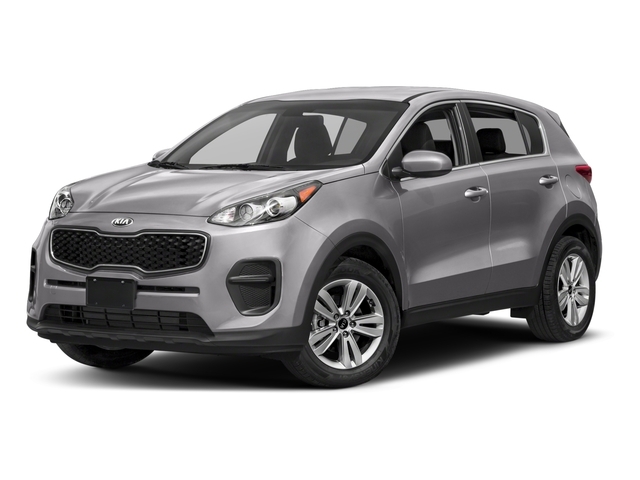
2018 Toyota C-HR


Key Specifications for 2018 Toyota C-HR






Buyer’s Guide
Toyota’s jumped into the subcompact crossover game, but not in the way we expected this most mainstream of mainstream automakers to do so.
The designers behind the C-HR seem to have taken inspiration from the Nissan Juke, so similar it is to that bug-eyed tyke, at first glance. Sure, Toyota went with more conventional styling that better ties this small utility to the rest of the maker’s range, but the similarities between the two when viewed in profile are undeniable. Somehow, though, Toyota asserts the C-HR is unique in the compact crossover market.
Toyota calls the C-HR a crossover, and yet it left out one of the genre’s defining features in making this an exclusively front-wheel drive proposition. There’s also no manual transmission, a product planning decision no doubt inspired by a near-complete lack of interest in clutch pedals among crossover buyers.
The C-HR comes in a single trim that can be augmented with a premium package (more on that later) and a list of accessories, an approach that suggests this car is aimed at the same buying demographic as the now-defunct Scion sub-brand.
While the C-HR’s styling can keep up with that of the Juke, this Toyota’s 2.0L four-cylinder engine makes no such promises. It makes 144 hp and 139 lb-ft of torque, figures that pale next to those boasted by the Nissan’s turbocharged 1.6L. But hey -- not everything has to be a race, does it? Count on Toyota’s fuel consumption estimates of 8.7/7.5 L/100 km (city/highway) to be realistic.
One thing we can certainly appreciate about the C-HR is that Toyota has installed a useful and livable cabin inside the car’s extroverted body. Don’t expect a ton of interior space, but this is a five-seater, which enhances the car’s utility, and if the trunk is a bit small, well, the back seats fold down.
The lone XLE trim sells for $24,690 and comes standard with a seven-inch touchscreen display audio system, Bluetooth with voice recognition, dual-zone automatic climate control, colour multi-information display, heated front seats, 17-inch wheels and tires, heated side mirrors with integrated turn signal repeaters, LED daytime running lights, leather-trimmed steering wheel and shifter and a cargo area tonneau cover.
Also standard is Toyota’s Safety Sense P suite of active safety features, which includes pre-collision system with pedestrian detection, forward collision warning with automatic braking, lane departure alert with steering assist, automatic high beams and radar cruise control.
What’s missing is a blind spot monitor with rear cross traffic alert; while that feature usually marks the entry level for active safety in many vehicles, it’s part of the optional premium package ($26,290), which also bundles in 18-inch wheels with passive keyless entry with push-button start and power-folding side mirrors with puddle lamps that project the C-HR logo onto the ground.
Photos

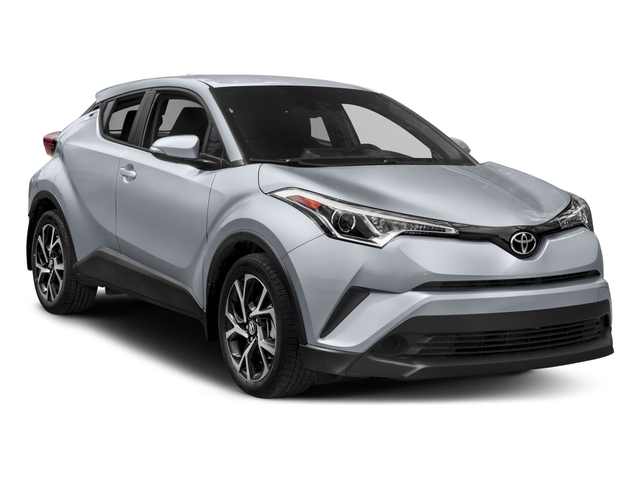

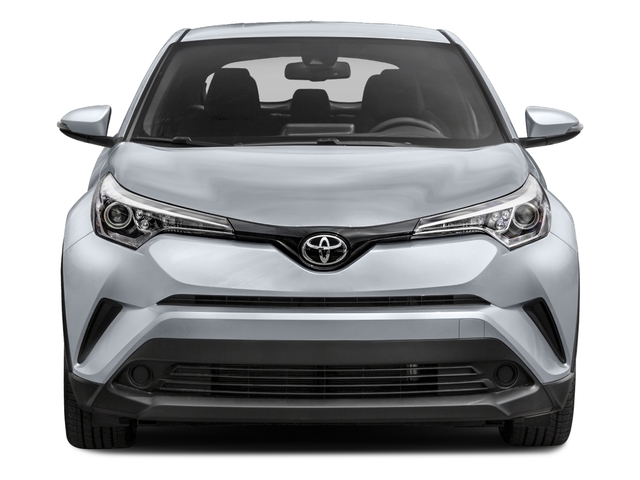
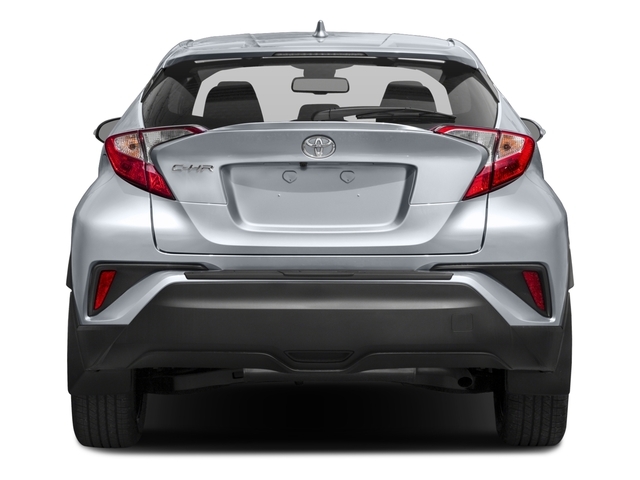
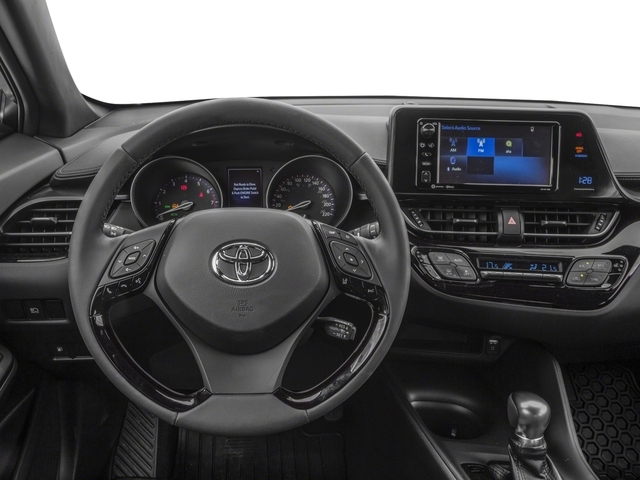
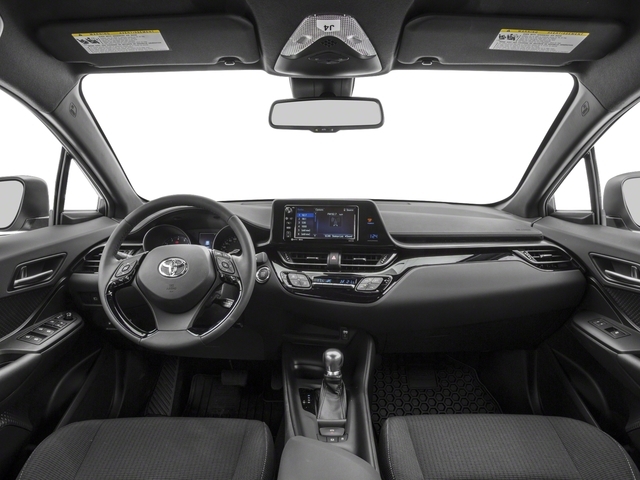
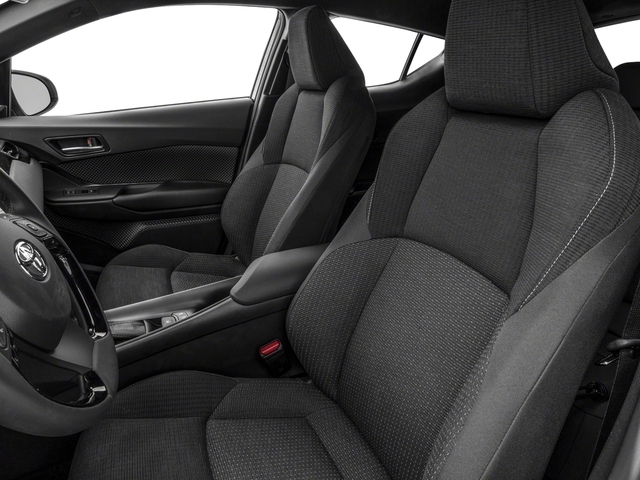

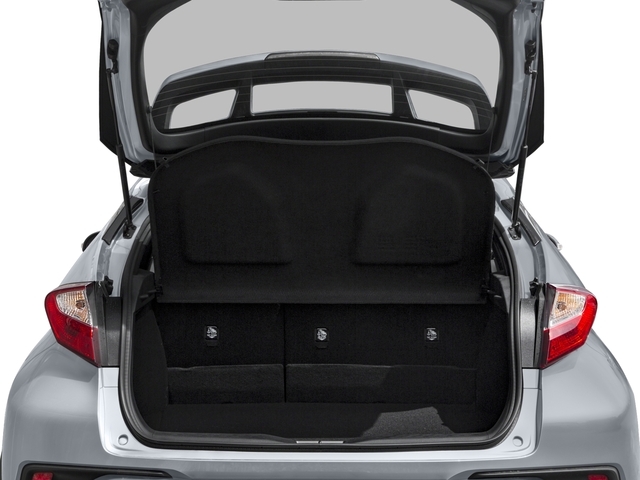

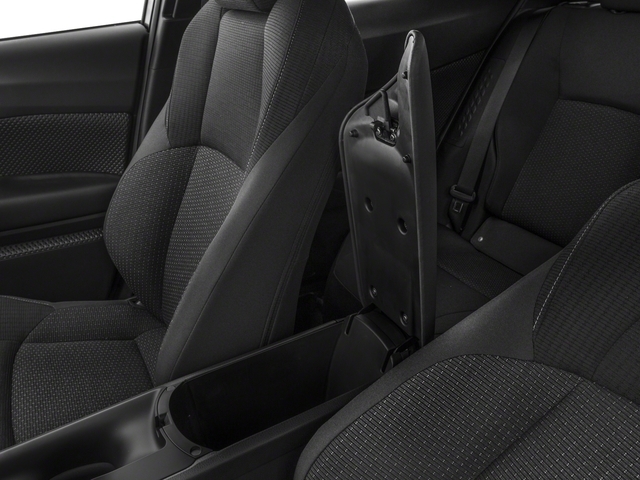
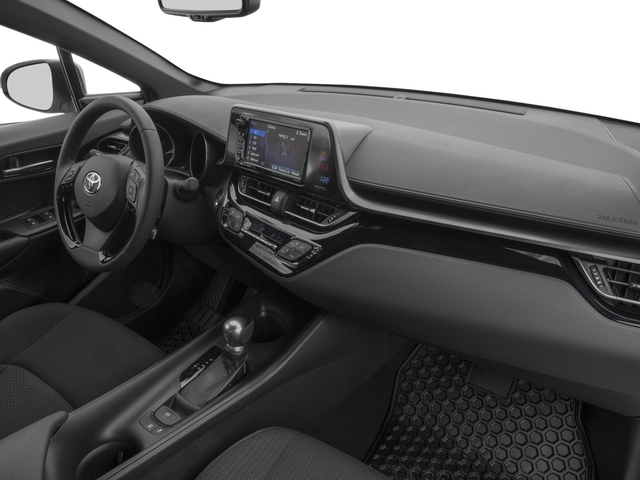













AutoTrader Review





